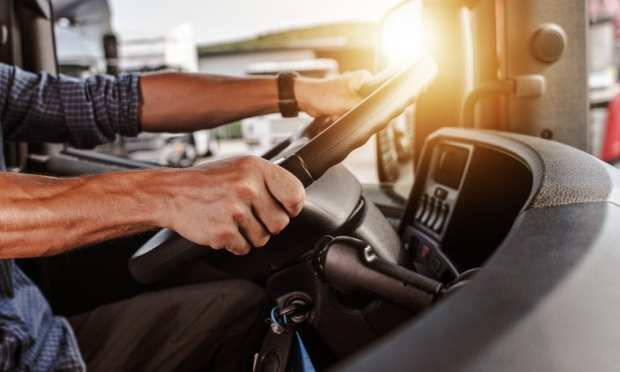Connected Vehicle Ecosystem Finds Fresh Fuel In Logistics

The path to the connected vehicle future — the payments, commerce and logistical ecosystem that is developing from that technology — is not a straight, single highway, but rather a collection of closely associated roads. Further evidence of that comes from the likes of Ford, Amazon, JD.com and freight hauling.
Just as logistics serves as the key to so much eCommerce evolution — robust fulfillment networks, after all, lead to quicker shipping of packages, which in turn leads to new consumer experiences, and so on — so, too, is logistics playing a major role in the emerging ecosystem of connected vehicles.
Take JD.com as one example. According to a recent report, the China-based eCommerce operator “is looking to further automate its logistics network after agreeing to pour 376 million yuan (around $55 million) into Jiangsu Xinning Modern Logistics in exchange for up to 10 percent stake.” The deal reportedly has a strong connected-vehicle aspect, in that one goal is “to build out a big data system that will boost efficiency and cut costs by optimizing matches between cargos and vehicles.”
Ford and Amazon
That not the only similar development from the world of connected vehicles and logistics — at least indirectly, but with the potential of a significant impact down the road.
Following in the footsteps of Volvo Cars and General Motors Co., Ford Motor Co. is teaming up with Amazon to allow for packages to be delivered to millions of vehicles. The offering will be available on some recent Ford and Lincoln models. Through the offering, delivery drivers can unlock cars and put packages in the back seat or trunk before locking the vehicle. The focus of the in-vehicle delivery offering, according to the report, is to assuage concerns shoppers have over leaving packages on front porches without any protection. It also offers Ford an additional opening as it dips its toes into online commerce.
The automaker is reportedly “in discussion” with grocers and other merchants to grow car delivery services. The news comes as it was reported that eligible members of Amazon’s Prime program can receive products in their garage via a Key Smart Garage Kit. During the Amazon checkout process, customers can choose an “In-Garage delivery” option. And shoppers can use the Key by Amazon app to check the status of their garage doors in addition to remotely opening or closing them.
Growing Role of Freight
Freight hauling also promises to influence the development of connected vehicle technology and offerings on the consumer side — along with helping to steer the growth of fully autonomous vehicles, the next anticipated step in automotive.
Driverless cars are indeed coming to roads soon enough — the U.K.’s transport secretary, in fact, recently predicted that those vehicles would appear there within four years. Even so, it might be autonomous trucks — as in semi-trailer trucks that haul freight — that hit the highways in greater numbers initially, perhaps having a quicker impact on payments and commerce, and even autonomous vehicle technology.
Before that, however, comes more connected tracker-trailers on U.S. and other countries’ highways — something that is happening as the U.S. faces a shortage of truckers.
As Stefan Heck, CEO of fleet safety technology provider Nauto, discussed during a recent PYMNTS interview, much more is going on in the service of constructing that ecosystem — including artificial intelligence (AI) technology inside those cabs to help prevent drivers from nodding off, and to improve overall safety on the road.
Without proven safety benefits, the technology powering connected vehicles — and the technology that will power autonomous cars and trucks — might face even more challenges in winning mainstream acceptance, and in persuading human beings to give over more of their lives to software and other machinery. Safety is the foundation for the retail and payment aspects, which will grow as part of the connected car ecosystem. Without a strong showing of safety, it’s hard to imagine how autonomous vehicles will win quick mainstream acceptance.
The real-time technology is designed to monitor road conditions and hazards, and to provide voice and other sound alerts when the software and monitors determine that the driver is or might be distracted. Drivers are still in charge of operating the vehicle — this is not autonomous driving technology, though it is easy to imagine how those lessons learned and data analyzed could further self-driving efforts, and otherwise influence the development of new automotive technologies and processes.
Logistics, much like payments, used to be a relatively boring part of overall commerce. But those days are gone for good, and when it comes to connected vehicles — and the PYMNTS-demonstrated $230 billion or more commerce opportunity that stems from all that — logistics are going to play a big role going forward.